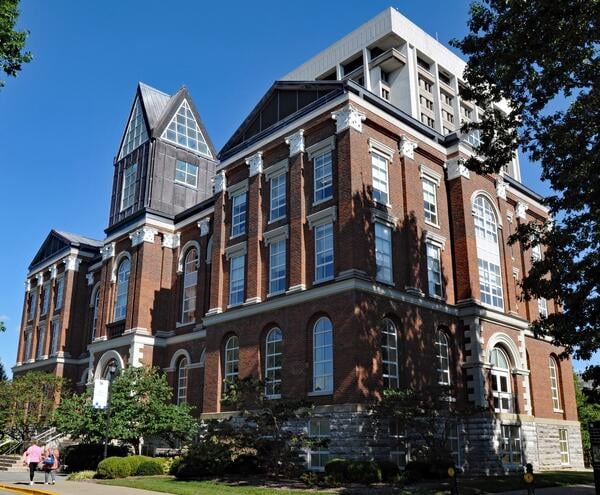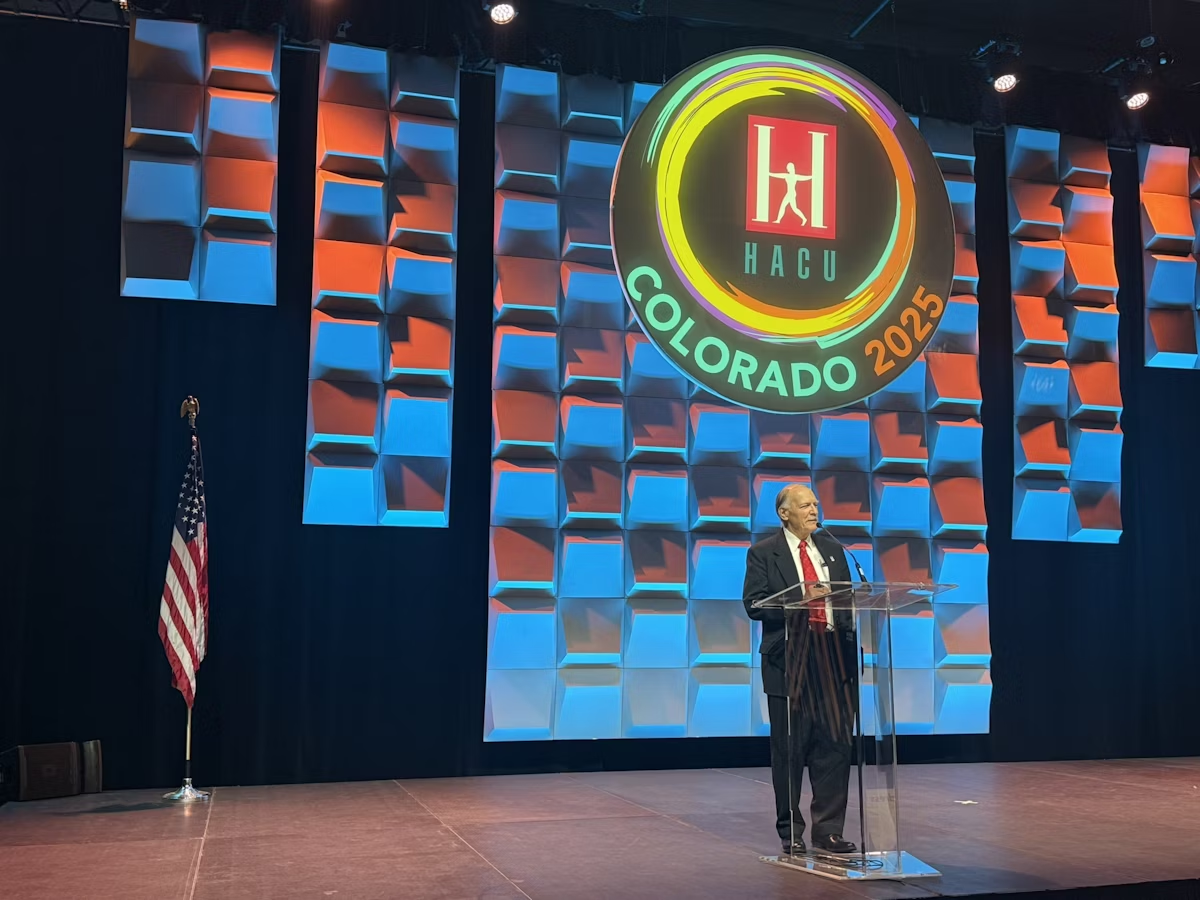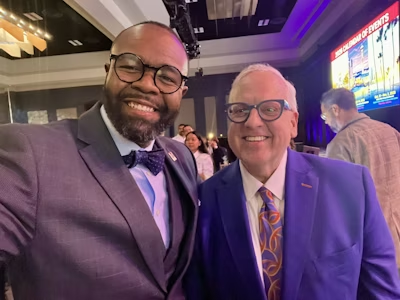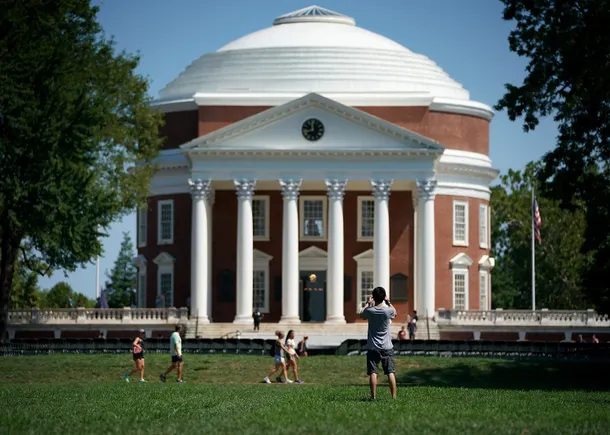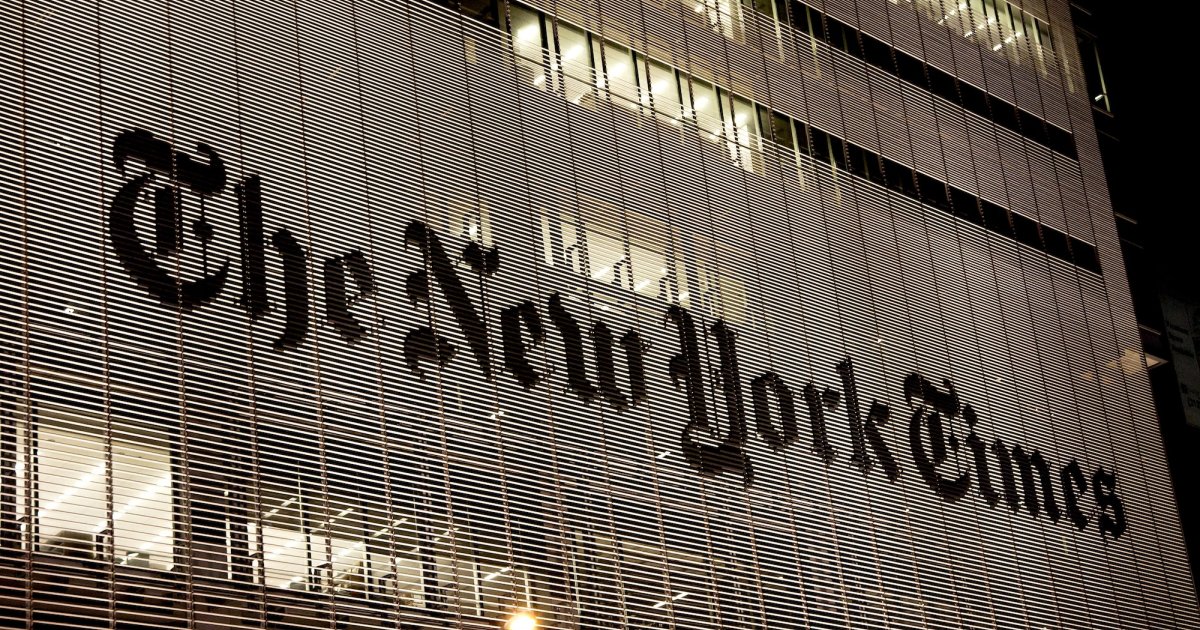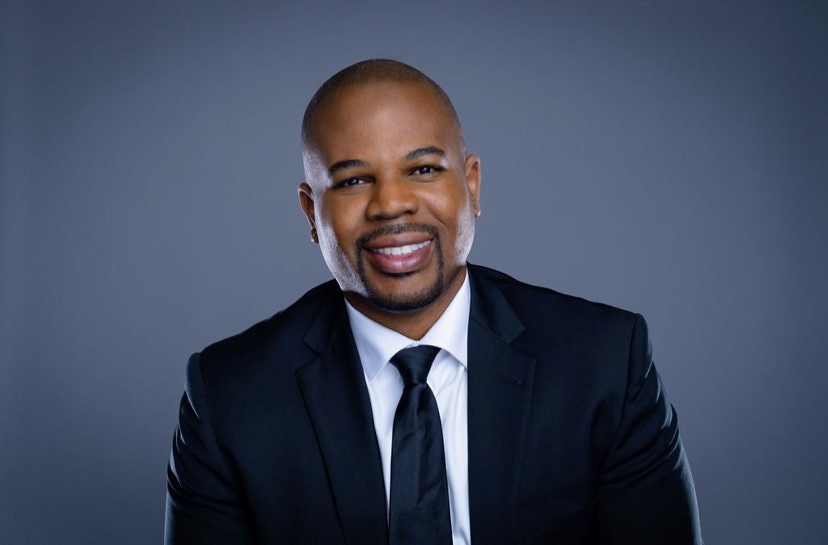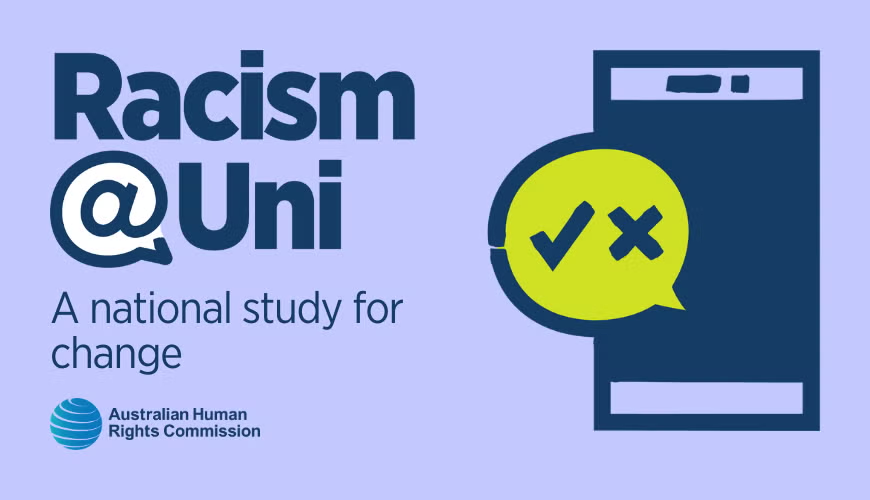Quick-commerce service Blinkit — best known in India for delivering groceries in 10 minutes — rolled out an ambulance service last winter promising the same speedy service and setting the nation off on a new debate about privatized medicine.
Five ambulances equipped with lifesaving medical equipment, emergency medicines and a three-person team, including a paramedic, are now operating in Gurgaon, a relatively wealthy city north of Delhi, at 2,000 rupees or about US $23 per trip. That’s affordable for less than a third of the population.
Touted as India’s first app-based private emergency healthcare service, this has set off a debate about its implications for a sprawling public health system that is notoriously overstretched, with only one ambulance per five million people.
A few weeks after the service launched, one of its ambulance teams was able to stabilize a trauma patient on the way to the emergency department. This led neurosurgeon Deepak Agarwal at All India Institute of Medical Sciences, a premier medical college and hospital to laud the new service on social media. He called it a “healthcare revolution” that offers care he had only read about happening in developed countries.
It was a stark contrast, though, with the experience of Roopa Rawat Singhvi, a regional nursing lead in emergency and trauma care, who encountered a road accident victim near the hospital on 3 March.
“I continued to call 108 and 102 (India’s version of 911) to reach ambulance services,” she said. “However, the calls were not going through.”
After call finally went through, it took half an hour for the first responders to arrive and they were police, not an ambulance, she said.
Healthcare for those who can pay
This contrast — one patient whisked away with ventilatory support and trained staff, another left waiting while vital minutes passed — captures the growing debate around Blinkit’s entry into emergency healthcare.
This contrast shows the need to explore India’s first app-based private ambulance initiative as more than just a tech innovation story, but as a symptom of a deeper tension between privatization and public neglect.
As India’s public health infrastructure is eroding, private players are stepping into the vacated spaces under the guise of innovation. The question is: Will this be a temporary fix or a long-term threat to equitable emergency care?
It wasn’t meant to be this way. In 2007, P.V. Ramesh was the principal health secretary of the Indian state of Andhra Pradesh and worked on the first National Health Mission project to establish emergency ambulance services.
He said that the public sector ambulance services that evolved into the current nationwide emergency service started as a partnership in Andhra Pradesh between the government and a not-for-profit entity, Byrraju Foundation.
There was a clear understanding, he said, that it would be operated strictly as a public service without a profit motive.
“It combined the ambulances equipped with essential emergency care infrastructure, trained human resources and a call center provided by the Byrraju Foundation with the funding, hospital network and effective oversight from the public sector that served all citizens of Andhra Pradesh in case of medical or surgical emergencies,” Ramesh said.
A dire need for ambulances
That not-for-profit plan quickly collapsed.
“Ambulance drivers started taking money from the private hospitals to take patients there and the private sector companies that oversaw the operations also began to cut corners,” Ramesh said. “Even doctors became complicit in the slow rotting of the system. The system deteriorated when the political and bureaucratic masters stopped monitoring the system after awarding the contracts to their favorites.”
Pre-hospital care is far from ideal in both the public and private sectors in India, says Gayatri, an emergency medicine physician in Mumbai. Gayatri, who asked that her last name not be used, has worked in both public and private hospitals.
“I used to work in villages in Chhattisgarh and Bihar,” she said. “In some areas, we used to call the government ambulance, but they would often refuse to come, either because it was a conflict-ridden area or because the road was in poor condition. If we put pressure and keep calling, the ambulance would come, but then the driver would ask for 3,000 to 5,000 rupees from the patient to transfer them.”
Gayatri said that because many of her patients feel scared and disempowered, they agree to pay. “Sometimes we have to fight with the ambulance drivers and tell them not to ask for money,” she said.
Stalling for time when saving lives
Gayatri vividly remembers a night when she was transferring a patient in a vehicle and the patient had a cardiac arrest. She called for an ambulance, but it arrived without essential medications or even an oxygen cylinder. They had to borrow an oxygen cylinder from a referral center in a nearby village, losing time.
“In emergencies, every minute counts,” she said. “And not having access to even an oxygen mask or cylinder in the ambulance was shocking and distressing for me.”
But even private sector hospitals where she has worked used to send doctors trained in traditional medicine who are not qualified to administer emergency care in place of paramedics to attend home emergencies or to transport patients from emergency sites to the hospital.
India currently has an almost non-existent emergency response system.
According to Indian government data, there are a total of 28,250 ambulances across its states and Union Territories such as Jammu and Kashmir. This includes ambulances with advanced medical services and paramedics, vehicles that only transfer patients in non-emergency conditions, even bicycles.
Meeting international standards
While international standards recommend one ambulance for every 50,000 population, with one basic life support ambulance or BLS and one advanced cardiac life support ambulance or ACLS per 100,000 population, India has one ACLS ambulance for every five million people — the number in the United States is one per 25,000 population — and one BLS ambulance for every 100,000 people.
Meanwhile, quality is a more persistent issue than quantity. According to a 2020 study by the All India Institute of Medical Science in Delhi and the National Institution for Transforming India, 90% of ambulances lacked essential medical equipment and 95% were operated by untrained professionals.
“The corruption and deterioration of the service, coupled with a lack of infrastructure to provide adequate emergency referral systems, has created a vacuum that has invited private players to reframe this as a business opportunity,” Ramesh said.
That’s why, he said, it makes sense for Blinkit to fill that hole. They recognized that the current system doesn’t meet the demand for reliable ambulance service in case of medical and surgical emergencies and realized they could develop a service to cater to those with the means to pay for it.
Singhvi believes there are lessons to be learned from Blinkit’s efficiency. “They’ve hired trained paramedics, optimized logistics and used technology effectively,” Singhvi said. “Public systems could adapt these strategies to improve accessibility and response times.”
Profits and regulations
Ramesh said that with the current public infrastructure in shambles, he only hopes that the private ambulance companies run this service ethically and that there isn’t a monopoly that will allow them to charge unreasonable rates.
But Gayatri does not offer them the benefit of the doubt. “Blinkit is a private company and private companies operate on the principle of making a profit,” she said. “It is unreasonable to expect that they will function in a way that keeps the welfare of the people in mind.”
Gayatri believes that the gap is intentional. It is because of lobbying by the private sector that has made the public sector reluctant to invest in strengthening its health systems. Good regulatory oversight from the government, could prevent private companies from charging too much, but Ramesh is not optimistic it will happen.
“Even if robust regulations are formulated and a law is enacted, does the government have the capacity to enforce it?” he said. “Regulations have not been successful in the health sector.”
Instead, Ramesh said that the emergence of private ambulance services should be seen as a wake-up call to the government to strengthen public sector ambulance services.
Ramesh acknowledges that Blinkit fills a need. But ultimately, while Blinkit’s initiative may cater to a small, affluent population segment, it underscores the urgent need to address the systemic inadequacies plaguing public healthcare.
“If they provide equitable, high-quality service at a fair price, without bias toward certain hospitals, they could complement existing healthcare services,” he said. “But private models inherently exclude the poor. In a country where universal health care isn’t prioritized, do people have an alternative?”
Questions to consider:
1. What are the concerns some people have over private ambulance services?
2. How can a government ensure that an ambulance service won’t gouge people in need?
3. Do you know how to call for an ambulance and do you know how long it might take to reach you if you needed one?

